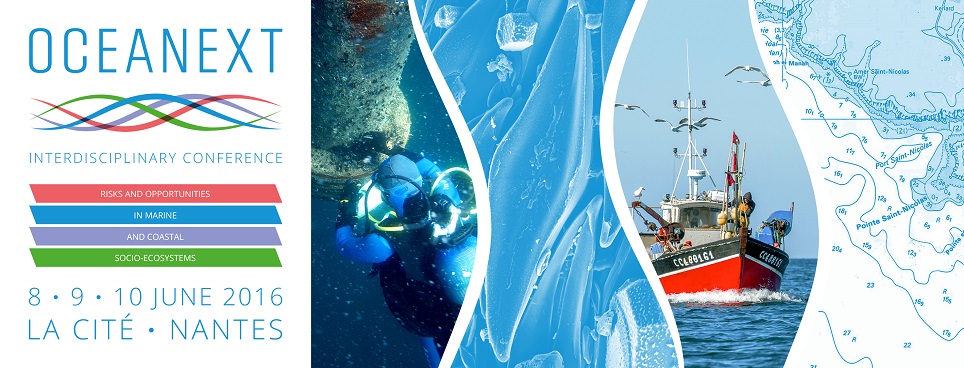Anticipating shifts and assessing risks is a key issue for fisheries management. Foresight is a recent approach developed to carry out participatory approach and derive consensual management scenarios. Including a geographical dimension within foresight approach comes out as a relevant feature to deal with spatial features and to make easier and more concrete discussion with stakeholders. The Bay of Biscay is a marine area where various human activities are simultaneously present (fisheries, wind farm, sediments extraction, etc.) that can lead to spatial access conflicts. Within the Coselmar regional project, we have implemented a geoforesight pilot approach to anticipate risks linked to changes in governance of coastal fisheries in Biscay Bay. Therefore, several workshops driven by geographers and involving socio-professional stakeholders, scientists and politicians have been organized to co-construct scenarii of the future of the socio-ecosystem.
Fisheries scientists have provided some quantitative knowledge simulating futures of the dynamics of the fisheries using the ISIS-fish simulation tool and considering multiple species management plans of the demersal mixed fisheries proposed by European commission. These workshops were first an opportunity to improve our understanding of the fisheries exchanging on the model itself and on its outputs. Finally, the scenarii delivered by the foresight were simulated at the scale of the fisheries using ISIS-fish. Results were reported to the group enabling common analysis and providing fruitful discussions for decision-making of fisheries management.

|
Co-construction and assessment of fisheries management scenarii using the ISIS-Fish model within a geoforesight approach of coastal and marine Bay of Biscay socio-ecosystem
1 : IFREMER-Ecologie et Modèles pour l'Halieutique
Institut Français de Recherche pour l'Exploitation de la Mer (IFREMER)
2 : LETG-Nantes Géolittomer/EMH
Université de Nantes, Institut Français de Recherche pour l'Exploitation de la Mer (IFREMER)
3 : Littoral, Environnement, Télédétection, Géomatique
(LETG - Géolittomer)
-
Site web
Université de Caen Basse-Normandie, Université de Nantes, Université de Bretagne Occidentale [UBO], CNRS : UMR6554, Université de Rennes II - Haute Bretagne, Université d'Angers, Université de Bretagne Occidentale (UBO)
Faculté des Lettres BP 81227 44312 NANTES Cédex 3 -
France
|
 PDF version
PDF version
